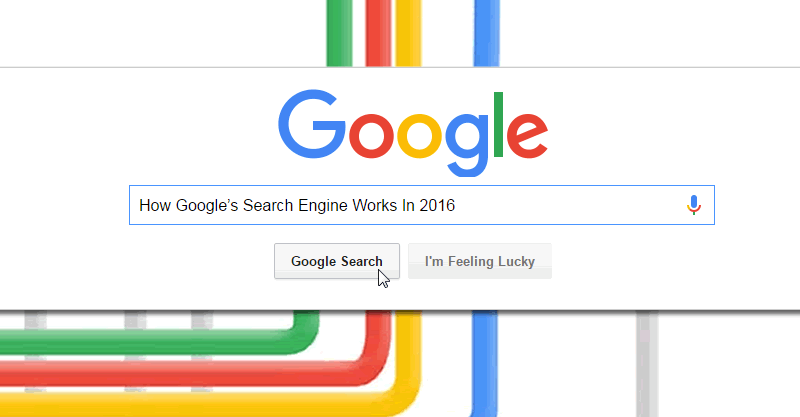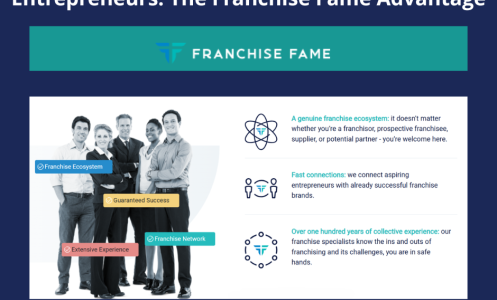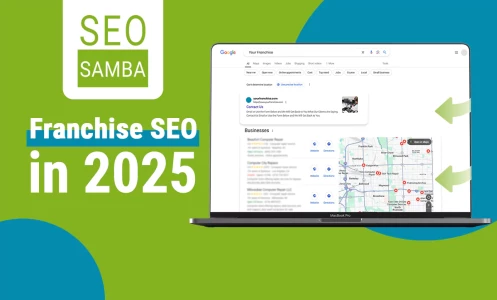
SEOBook.com has recently put together a great informational infographic showing how search works in 2016, looking into the state of search engine technology and the intricate workings of search algorithms from major players, especially the king of all search engines Google which owns 88.36% market share as of January 2016.
This infographic (click to go straight to it) breaks down search engine most influencing search and ranking parameters by perspectives: user, user intent, general ranking criteria, penalties and filters, and shows what a search result page (SRP) typically looks like nowadays.
“The philosophy of modern search has thus moved away from starting with information and connecting it to an audience, to starting with the user and customizing the result page to them,” says SEOBook.
Tag along with us to see what are the most important criteria and logic behind how Google Search actually works in 2016.
The user: Google search results depend on who, where, when and how

While everyone understands that search results depend heavily on user’s language, many people still don’t know that SRPs also depend very much on other specificities such as user’s location and device.
In 2015, Google made a big commitment to favor mobile searches by penalizing websites failing its mobile-friendly test - see our post Google Search: go mobile… or die?.
Since then, it has been observed that more people search on mobile than all other devices together (laptop, desktop…), which is probably one of the most important milestones in tthe history of internet search engines.
Bottom line, being mobile-friendly is now a major benefit - or hurdle, depending on where you stand - for search marketers and website owners relying on search traffic.
Another major adjustment in Google's SRP ranking over the years has been the gradual introduction of localization parameters. Loosely based on country of origin at first, localization has now reached a GPS-style precision and high personalization.
This "hyper-local" stance is a big deal since it actually favors small businesses which logically appear more relevant to local searches than some bigger national brands.
Integrating its own Maps or MyBusiness features in the search loop, Google takes more local signals than ever into account to select and rank those search results accordingly. As Max Gladwell points out, "In the modern mobile era, size and scale actually undermine local search performance."
The user intent: Google search results are more about ideas than raw keywords
As SEOBook points out, “rather than matching strings of words, search engines try to understand the intent behind the search query”.
What that means is that nowadays search engines are getting smarter, so that when you mistype a commonly searched word, it will return the corrected version of what it supposed you intended to search for.
For instance, if you type goofle in Google, it will assume you mistyped and return results for “google” instead.

But if you type gookle, Google won’t be so sure this time around, since this word is an actual slang. And so it will ask you if you mistyped just in case, but will display different links, including and perhaps surprisingly a bogus search engine called “Goole”!

This illustrates how Google’s algorithm works, and although we can’t really see it since it happens in a blink, the search process actually goes through 4 consecutive steps and countless ranking criteria.
Google ranking criteria: content, links, and… RankBrain
- Search billions of indexed pages for keywords matching your query
- Analyze the selected web pages for relevance for these keywords
- Evaluate the site’s reputation and the page link popularity
- Rank the selected pages presenting the most useful on top
Other ranking factors regarding “user intent” are the bounce rate of each page, and user’s recent search queries and past behavior.
Finally, Google will run long-tail queries, e.g. “why is goole.com ranked higher than google.com when typing gookle as a query?”, through its new RankBrain, its new, deep-learning Artificial Intelligence program, to refine the search results as needed.
In fact, RankBrain is now the third most important parameter in ranking Google SRPs, which was hinted earlier but only recently confirmed by a Google’s Search Quality Senior Strategist named Andrey Lipattsev, who also said that the two foremost criteria were content, and links (you can watch the entire Q&A video here).
Penalties and filters: Hummingbird, Panda, and Penguin

“Welcome to the Zoo,” is indeed a great introduction to how Google manages to mitigate SRPs, rank results, and inflict penalties to fight various abuses, suspect behaviors and bad practices.
The 5-year-old Panda filter algorithm has given nightmares to more than a search marketer anytime Google would roll out its infamous and much feared Panda Updates, a recurrent reorganizing of Google’s database mostly penalizing websites infringing its recommended best practices. Now an integral part of the Google search algorithm, Panda will no longer prompt “updates”, working quietly in the SRPs background instead.
Introduced in 2012, Penguin is yet another big algorithm update that mostly aimed at fighting back against black hat SEO tactics, and more specifically dishonest link building schemes (buying links, spamming comments with links, etc.).
Released in 2013 for Google’s 15th anniversary, Hummingird is the latest code name for Google’s main search algorithm, which encompasses all the previous ones. Hummingbird did introduce the notion of user’s intent in its SRPs, using semantic and contextual searches instead of formal keyword-based ones, and also bring more focus on mobile searches.
Major penalties can arise from these not-so-cute animals, for a vast array of reasons such as piracy (DMCA complaints), failure to meet mobile-friendly requirements, duplicate content, keyword stuffing, overall history, ad-driven web pages, etc.
Google Search: what’s next, and how to keep up?
For over a decade, Google has been steadily crushing the search engine market, hovering around the 90% mark and leaving crumbs to its competition.

To keep ahead of its game, Google is always pushing for more innovations and updates, closely monitoring user demand and technological progress.
Today, focus in on content and links quality, overall mobile presence and localization. Tomorrow, with the help of surging technologies, many expect Google to reach beyond basic web content to rank SRPs, introducing or reinforcing criteria such as guest blogging, vocal queries, social sentiment, and even overall user satisfaction.
After reaching the major 1 Billion websites milestones in September of 2014 before experiencing a sudden drop in 2015 due to better counting of inactive websites, the web is again 1-Billion-strong. To be successful, digital marketers, SEO experts and all website owners need to tighten up their ship as the number of web sites and pages is steadily increasing, along with the competition.

To avoid being yourself crushed by always fiercer and savvier competitors, you can do one or all of the following:
- Keep up to date with Google’s latest changes by regularly reading Google’s Official Blog, getting Google Webmaster Tools and Google Search Console updates, and follow Google guru Matt Cutts’ recommendations.
- Talk to SeoSamba’s SEO experts to get professional advice, benefit from the best automated SEO execution technologies, and keep your web properties aligned with Google’s recommended best practices at all times.
In the meantime, feel free to come back here to look again at this great infographic from SEOBook.com, reminding you all about how Google search actually works in 2016.

Online Marketing Graphic by SEO Book
















